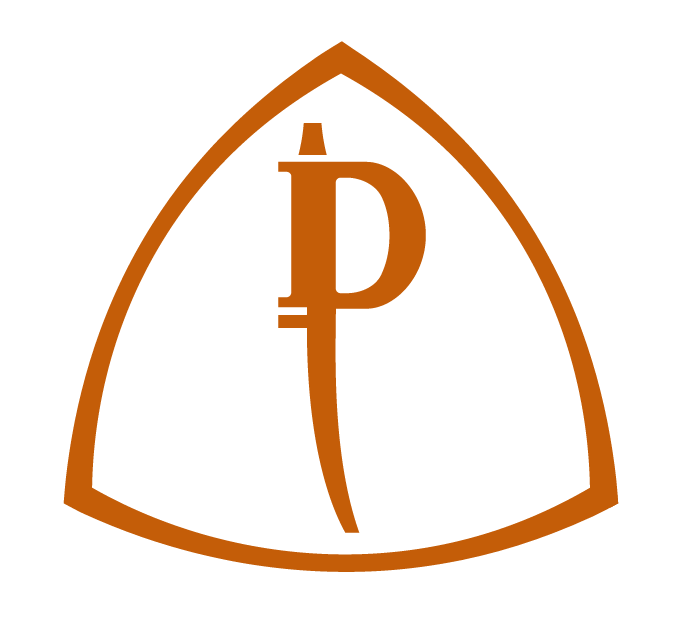We are entering the fourth week of our Craftsman and Resident Craftsman programs at Inside Passage School of Fine Cabinetmaking.
Last week our Craftsman program students began the sawhorse exercise. The exercise begins with the selection of the material. For each element of the sawhorse, we are looking for straight, rift-sawn grain. Each student is provided with a piece of flat sawn 16/4 eastern hard maple approximately 150mm wide and 300mm long. The end of the billet is layed out and the initial cut is made on the bandsaw with the table tilted and again later as the grain rotates on the curve. Each piece is sawn oversize and allowed to settle. Because we are taking many little pieces out of one large piece it is perhaps even more important, to allow the material to settle at the bench.
We use this time to become familiar with process of mortising, a machine process which I, and many of our students very much enjoy. Once the material has relaxed it is milled to final dimension using story sticks derived from the original sawhorse.
The mortises are layed out also using a story stick and each mortise is cut-free hand. We do have a slot mortiser with a xy table at the school however; it is not used during the first year of the program. We then used the stock and the milled mortises to determine the size of the tenons. The tenon shoulders are cut on the table saw, the cheeks on the bandsaw. The entire process is done without the need of a measuring device. The tenons are shaped and fitted by hand using files, knives and chisels.
Once all joinery including a doweled half lap joint at the top rail all surfaces and edges were prepared using our fine planes that were made in the second week of the program. This week the students have moved onto assemblies and will begin the casework exercise. We will select the material for a coopered door. Resaw and allow to rest, while we complete our sawhorses. The door will be edge jointed and shaped using our fine planes.
The Resident Craftsman students were introduced to the xy table during their chair making exercise, where each student is encouraged to use it for a couple of the mortises they need to mill. If chair work is to become a large portion of their work in the future it is worth knowing the process of setting up such a machine. I was very pleased to see each of them return to the free hand method for the remainder of their mortises. The free-hand method was used by Jim, and is taught here at the school. It is fast to set up and very efficient when making one piece at a time. It requires sensitivity and a bit of finesse. Both of which is in abundance with our second year students.
The images above are of the simple fixture we used to ensure mortises in each back leg were precisely at the same angle along the curve. The fixture consists of a block approximately 370mm x 60mm x 60mm, mine was carefully squared for me by Raul. Two strips of wood are laid perpendicular to the length of the block. The rear legs are layed inside facing out and are shifted so the mortise running parallel to the jointer table. The legs are aligned using a square and then clamped to the block, and the mortises are cut in the first side. The clamps are revised, one at a time with an additional clamp ensuring there is no shift in alignment, shown. A lofting duck placed on top of the block supplies a bit of mass when cutting freehand mortises.
“Live each season as it passes; breathe the air, drink the drink, taste the fruit and resign yourself to the influences of each.” -Thoreau
On Sunday I came in to cut the mortises in the sample chair I am making along side of the Resident Craftsman. I so enjoy the simplicity of this process. In a few hours I had cut the mortises for the front and back legs of my chair and hand planed in a few of the tapers. Melissa was so kind to plane a few more of the tapers for me this week. On Sunday I was reminded of the importance in remembering to breathe, in our life, and our work.
Be well and enjoy your work,
Robert

